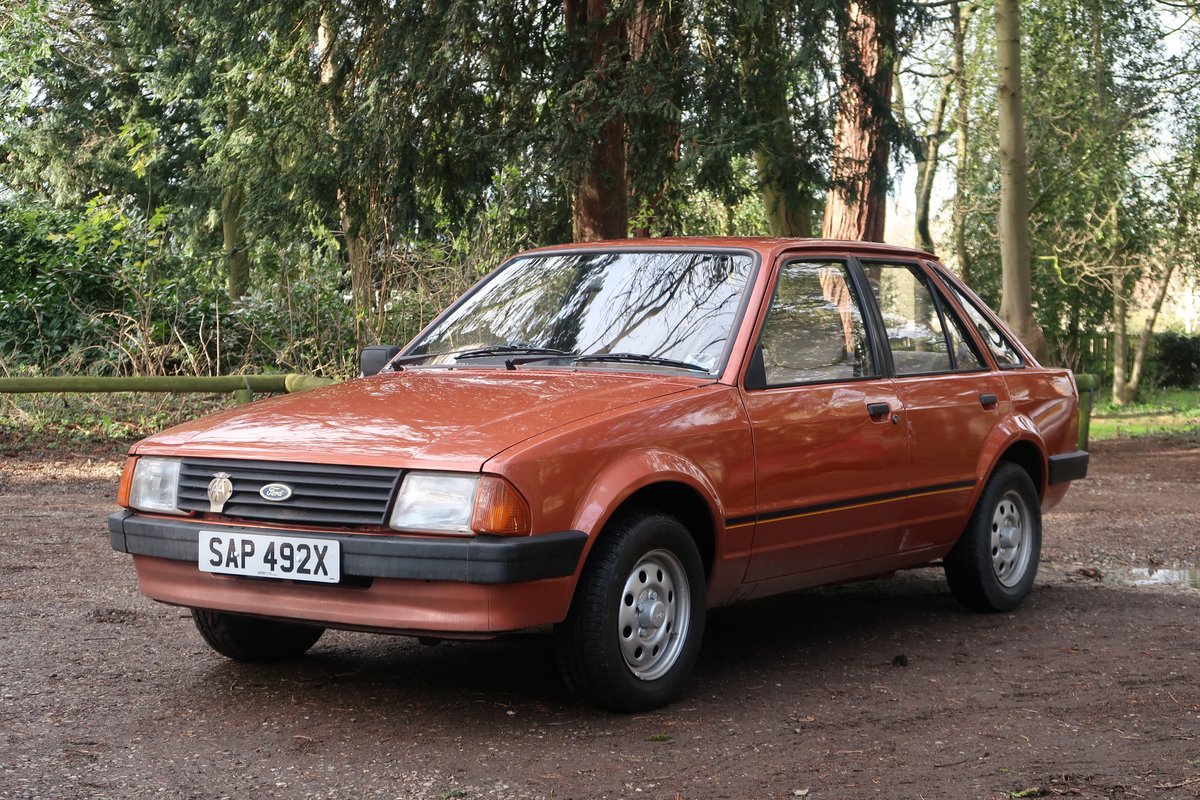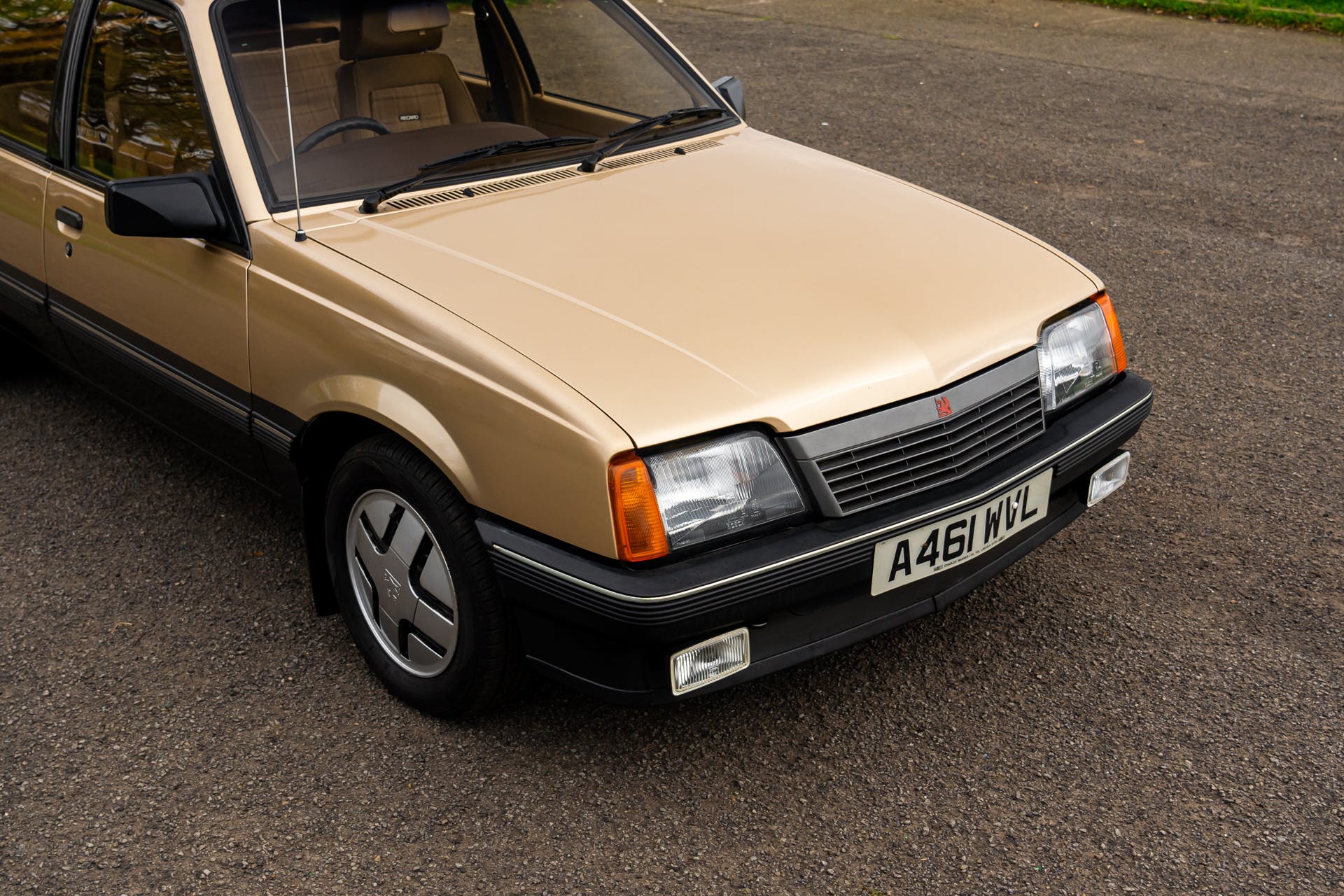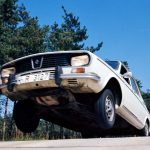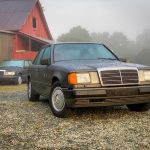Author: Antony Ingram
It’s always a case of mixed emotions for kids returning to school. Some dread it, others are raring to be surrounded by their classmates again, and for those of a certain age it means evenings packed with homework are the reality until the next half-term holiday.
School season also means the return of the school run. Parents have it harder here, needing to get everyone ready and out of the house in time, and then probably hot-foot it to work right afterwards. Which is why the car really matters, with practicality and parkability front and centre. The vehicles might have changed, but the demands are much the same – so we’ve picked ten cars from five decades that managed to walk that tightrope, and possibly gave kids something to boast over in the playground at lunchtime too.
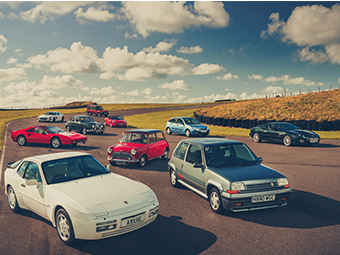

1950s: Morris Minor
There’s a subtext to some of our earlier choices here and that’s the fact that the school run as we know it today was much less of a phenomenon in the 1950s. Even by the 1970s more than two thirds of kids walked to school each day, yet by 2023 that figure was less than half. Still, if there’s a defining school-run vehicle of the 1950s, it’s one of the nation’s favourite cars, and one of its favourite classics today: the Morris Minor.
The Minor had arrived in 1948 and there were more than a quarter of a million on the roads by the time of the first big refresh in 1953. Practical in standard form and even more so as the wood-framed Traveller estate, there probably weren’t many kids in school during the 1950s that didn’t spend at least a little time in the back of one, while production until 1971 makes that similarly true of later decades too.
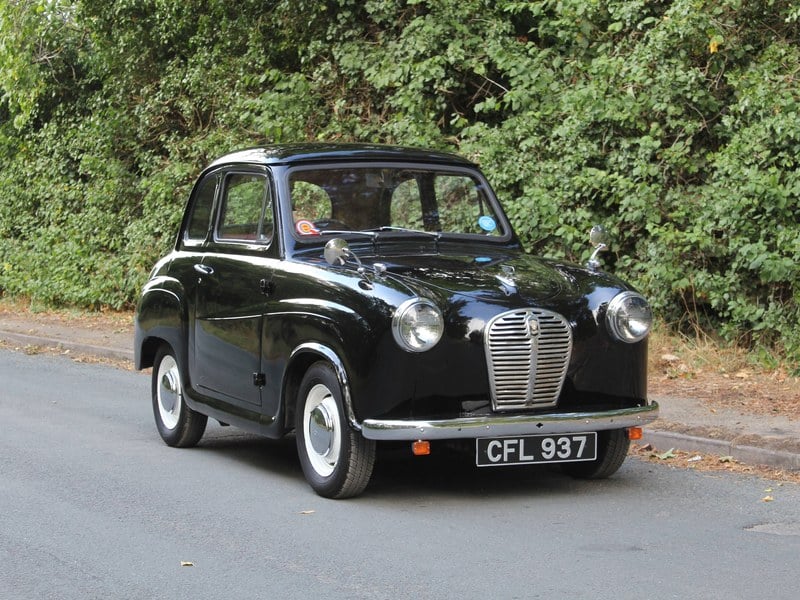
1950s: Austin A30
Events like the Goodwood Revival have raised the profile of the Austin A30 and later A35, but the machines screaming around the track beside other 1950s machines are a long way from the deeply sensible and rather austere little cars that began rolling out of Longbridge in 1951.
Replacement for the Austin 8 with its notably pre-war styling, the A30 was vastly more modern: a monocoque body, a new A-series engine capable of more than 40mpg, and several body styles, the A30 and A35 became a familiar sight, and was more than 10 per cent cheaper than the Morris Minor, making it a frugal purchase. A less spacious one too, admittedly, but scrunching yourself into the back seats is almost a rite of passage on the school run, is it not?

1960s: Ford Anglia
Fords have always been a family favourite and as the 1960s dawned it was the quirky, Transatlantic styling of the Anglia 105E that you were most likely to see on the roads each morning and afternoon. The styling wasn’t to all tastes – indeed, it still isn’t – but low running costs courtesy of an all-new “Kent” engine and plenty of chrome gave it a feel-good factor to see off other family cars from the period.
From the back seat, the best pastime was surely peering out through the unusual reverse-rake rear window, something you could only really do in one other car, the Citroen Ami, from 1961. Sadly that disappeared with the estate version, but over the years plenty of kids got used to the familiar sound of that pushrod Kent four-cylinder, since Ford made more than a million Anglias before it was replaced by the Escort in 1968.
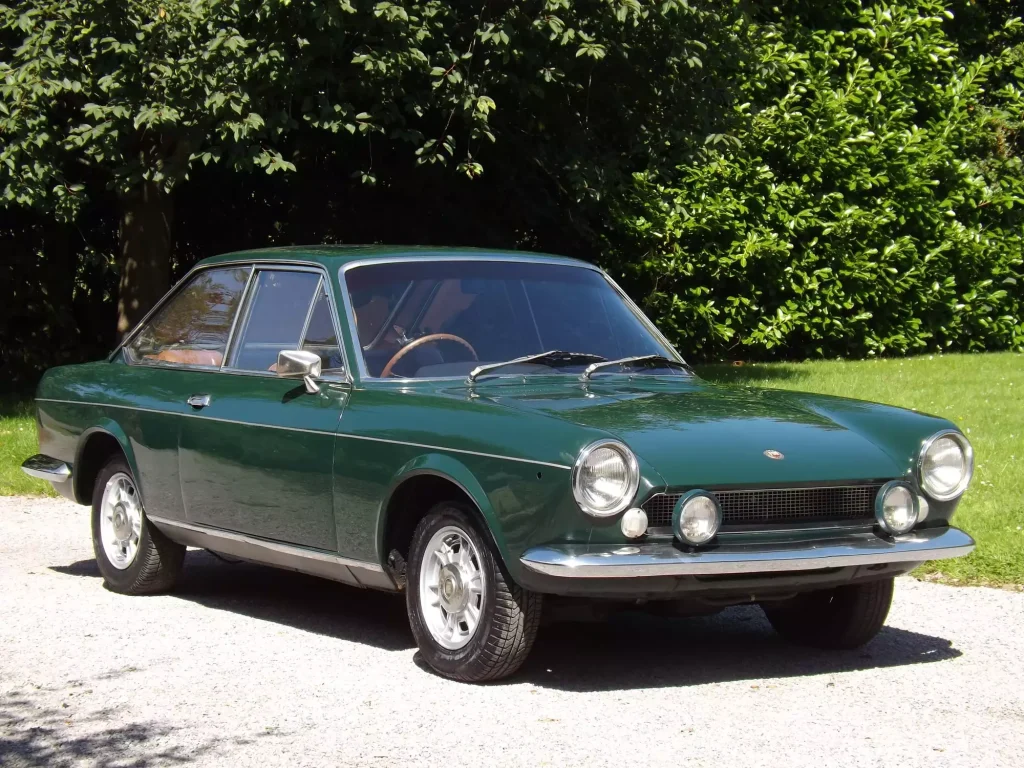
1960s: Fiat 124
Contrary to popular belief, not all Italian cars of the 1960s were flowing, Ferrari-style objects of desire. Some were deeply sensible, like the Fiat 124 of 1966. Italy’s cars have just as strong a tradition of minimalism (think Topolino, or Panda) and the 124’s straight-cut lines gave the cabin a near-perfect box shape for maximum passenger space.
At the same time, it was good to drive, with peppy engines, four-wheel disc brakes, and an all-synchromesh gearbox. While not quite an Alfa or Lancia, the Fiat badge still had a touch of Mediterranean glamour too, helped when the saloon was joined by coupe and Spider models in the range, and made an Anglia seem rather dull in comparison. You could, probably, convince your friends that your mum and dad basically had a Ferrari.

1970s: Austin Mini
The growing prevalence for second cars meant that while a family might have a larger model for longer trips and as the primary commuter vehicle, it would share driveway space with something smaller and more affordable, typically used as a local runaround – and as the school run vehicle. Given that Mini sales also peaked in 1973 (when more than a third of a million found homes), BL’s baby was undoubtedly a beneficiary.
Readers of a certain age almost certainly remember being ferried around in a Mini, and if your family didn’t have one, the chances are that a friend’s family did. Getting into the back wasn’t always easy, but the space once you were back there was better than you’d credit for the Mini’s ten-foot length. And if ever a car took up minimal space outside the school gates, the Mini was it.

1970s: Citroen GS
While the Mini might have been a second car, an increasing number of Brits were looking at foreign carmakers for their primary mode of transport, and the Citroen GS was probably on quite a few shopping lists when it arrived in 1970. Larger and less awkward-looking than the 2CV and Ami, cheaper than the elegant DS, it looked and felt years ahead of most domestic models, and when the estate arrived in 1971, practicality took a leap too, not least as it had a proper hatchback unlike the regular car.
There was one downside to GS passengership, at least for some kids: the car’s legendary floaty ride, while able to deal with whatever your local roads could throw at it, made some kids more than a little queasy, particularly if they couldn’t easily see out of the windows. A popular family car then, but one with mixed memories for some readers…
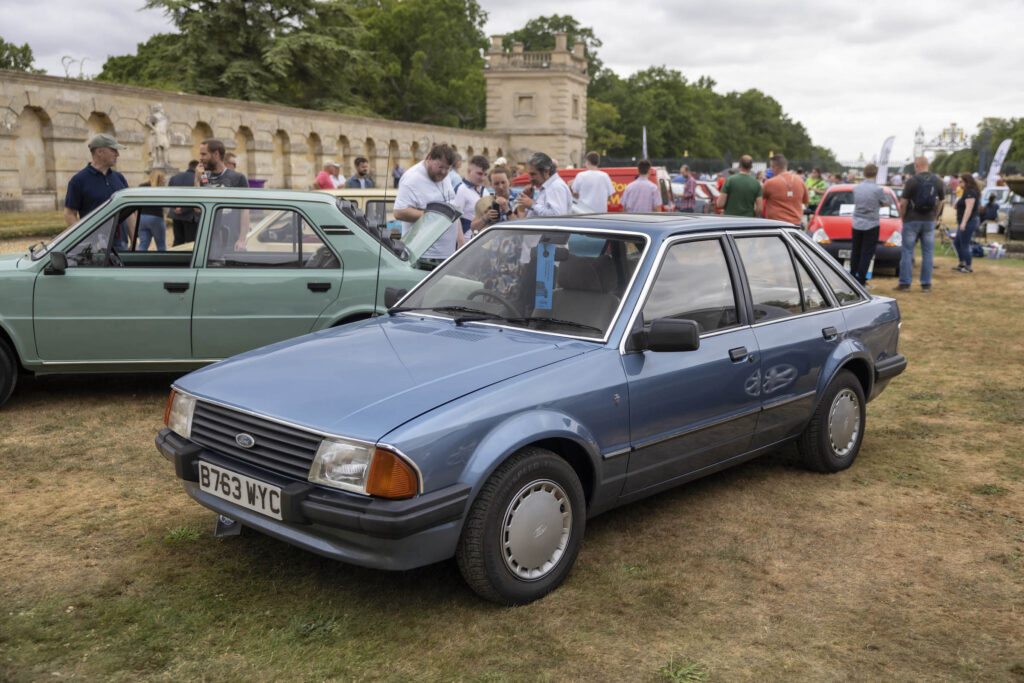
1980s: Ford Escort Mk3
The third-generation Ford Escort arrived in September 1980, which means a few lucky kids might have returned to school in the back of their parents’ brand-new Ford, instantly making those turning up in upright Mk II models green with envy – at least until everyone grew older and realised that the older rear-drive Escorts were rather cooler than Ford’s fresh front-driver.
Front-wheel drive was inevitable though and the Escort’s cleaner lines, more efficient packaging and more frugal engines made it a better car overall. It was, like all Fords of the time, wildly popular and a common sight on every street corner. If mum or dad had a Ghia, XR3, or better still an RS Turbo from 1984, you had plenty of ammo to lord it over the kids arriving in basic Populars and Ls, too.
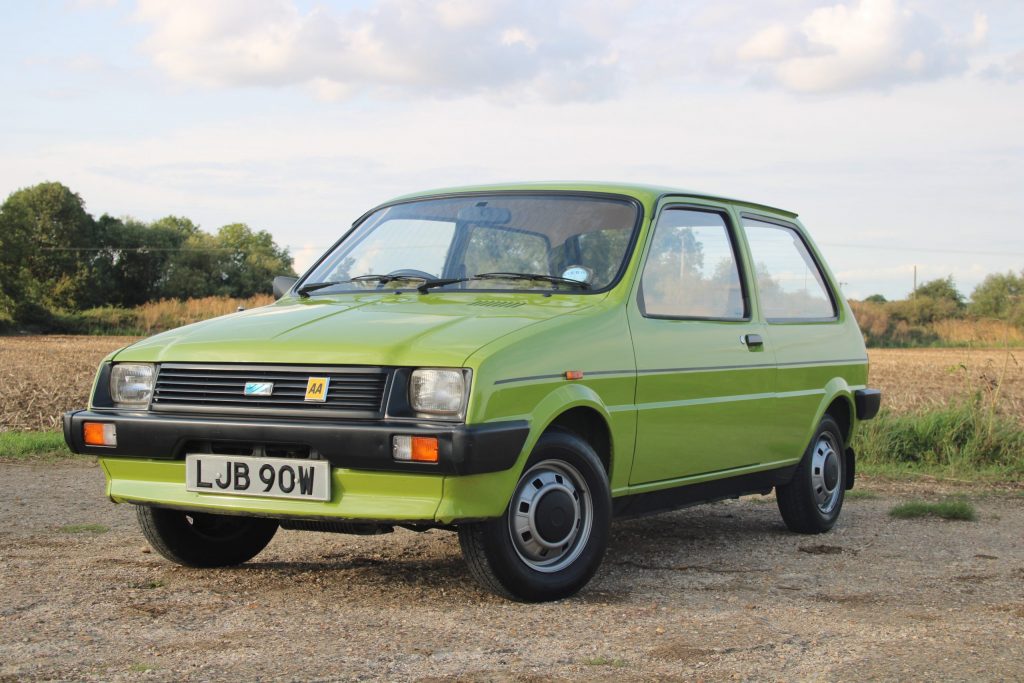
1980s: Austin Metro
Another arriving on the dot of 1980 was the Austin Mini Metro, and the nominal replacement for the ageing Mini was again a prime choice for those seeking a compact and affordable local commuter. Like the transition from Mk II to Mk III Escort, the Mini Metro had several benefits over the Issigonis-designed Mini, from a practical hatchback body to a significantly better ride, thanks to Allegro-style Hydragas suspension.
Mum in particular would get a kick knowing a fellow Metro owner was Lady Diana Spencer, though you might have struggled getting others in the playground to care, for which really you needed to have turned up in 1982’s MG Metro. The real benefit arrived in 1984 though when, thanks to the launch of the new five-door model, you didn’t need to clamber over the front seats to get out.
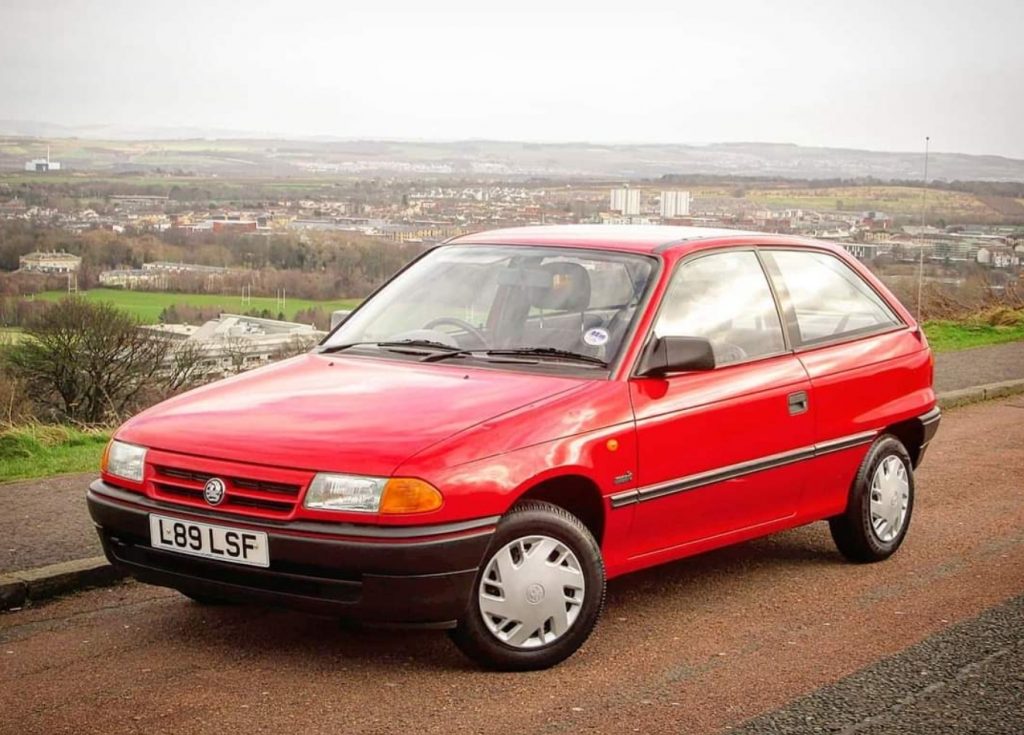
1990s: Vauxhall Astra
Buyers were spoiled for choice with practical, frugal, and increasingly spacious family cars in the 1990s. At the dawn of the decade the third generation Vauxhall Astra arrived, aiming to topple the Ford Escort from its spot as the nation’s favourite family car, just as the Cavalier was giving the Sierra a hard time. Given Ford’s recent effort with the Escort was, by most accounts, pretty lousy, Vauxhall had a good shot at it too.
It was certainly smartly styled. It made the Escort look bland, the Golf Mk3 look a bit blocky and leaden, and the Citroen ZX seemed pretty dull too – the Astra even had Citroen-style low-cut rear arches, but with a more dramatic character line above them and curvier styling overall. As it turned out, the Astra wasn’t that special to drive, but you didn’t know that from the back seat – you could just appreciate a car that looked and felt a lot more modern than the ones your friends were riding in.
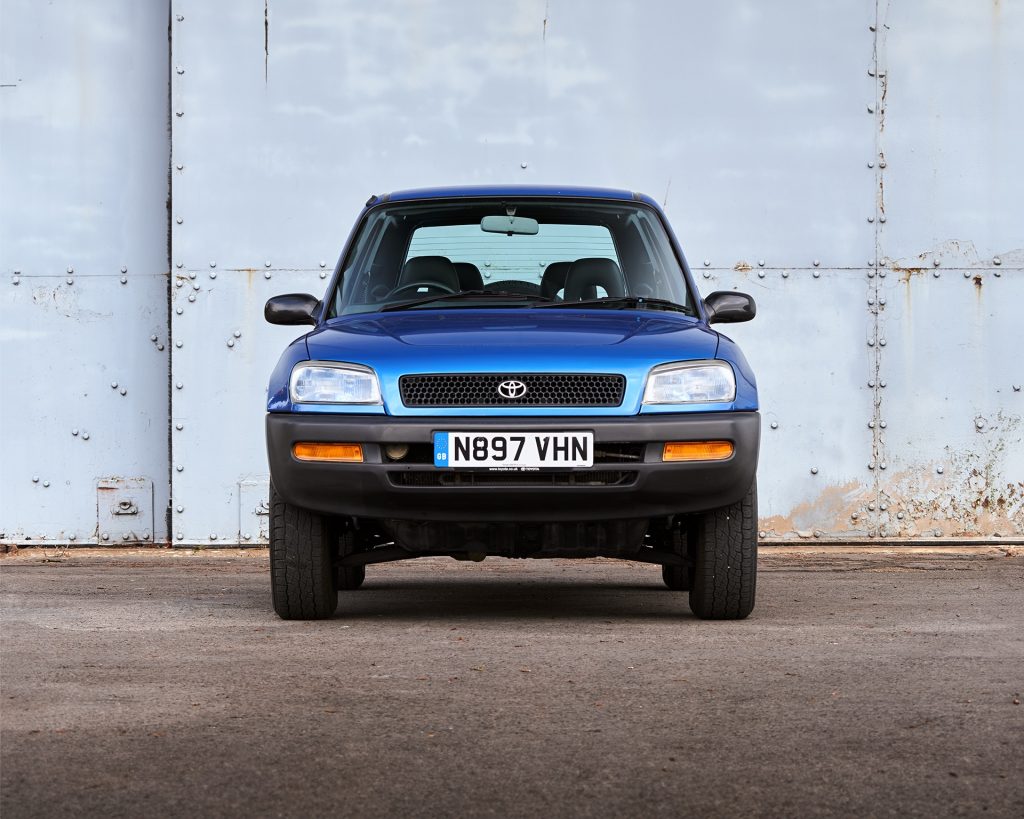
1990s: Toyota RAV4
Today, every school kerbside is positively littered with small SUVs and crossovers, and you have to wonder whether they ever come up as a subject of playground discussion. When those first parents started turning up in Toyota RAV4s in 1994 though, you can bet it scored points over all the Escorts and Astras.
Manufacturers still pitch their crossovers’ high driving positions as a selling point today – even though everyone else is now sitting at the same level – but the RAV really put the driver, and the kids in the back, higher up than average, for a fantastic view out. The cabin felt absurdly airy too thanks to the large glass area. For a time, it felt like something really special to rock up at school in.
Keep your classic on the road
At Hagerty, our mission is simple: to help you protect the car you love. Discover trusted classic car insurance from the people who get it.
